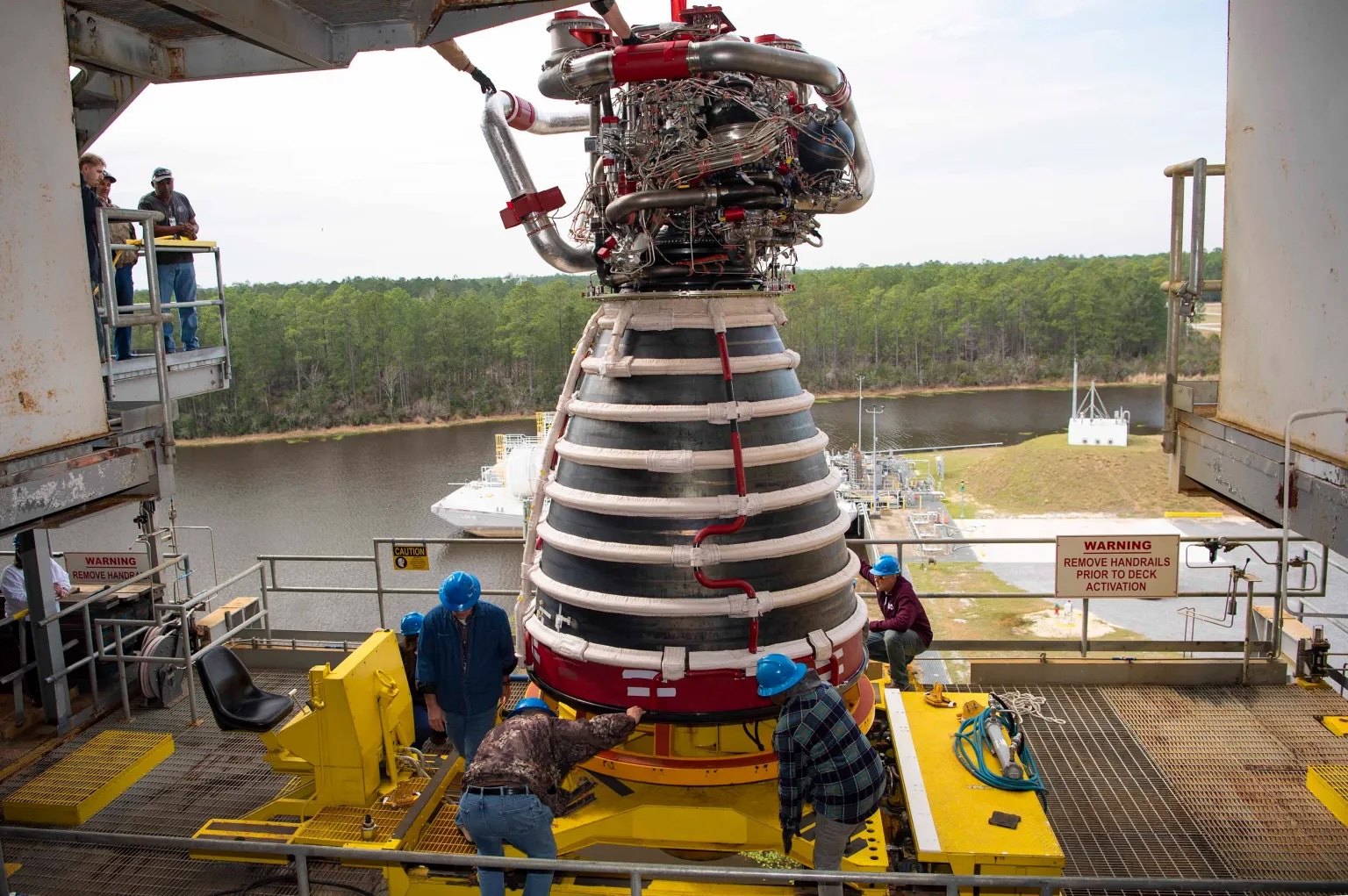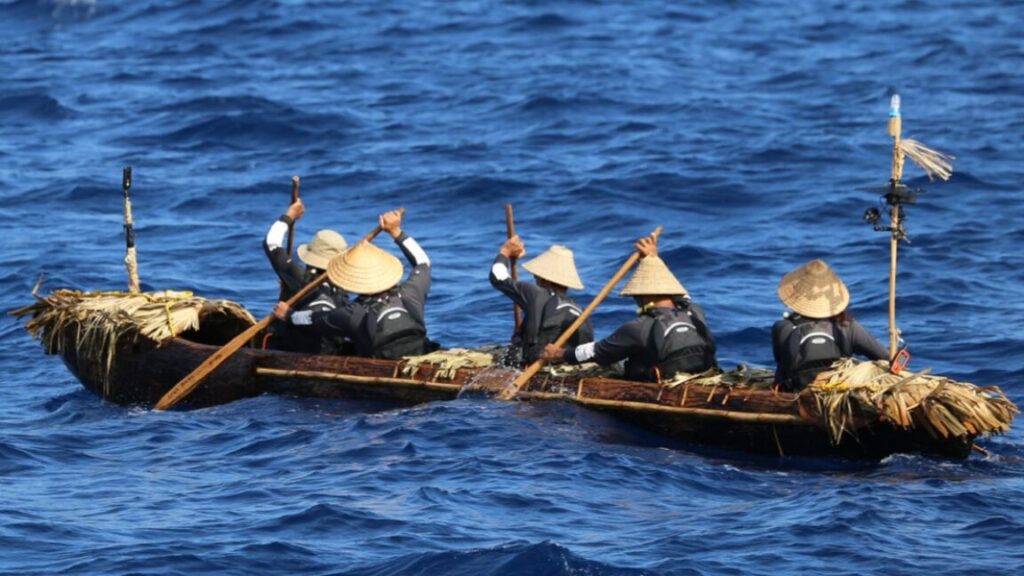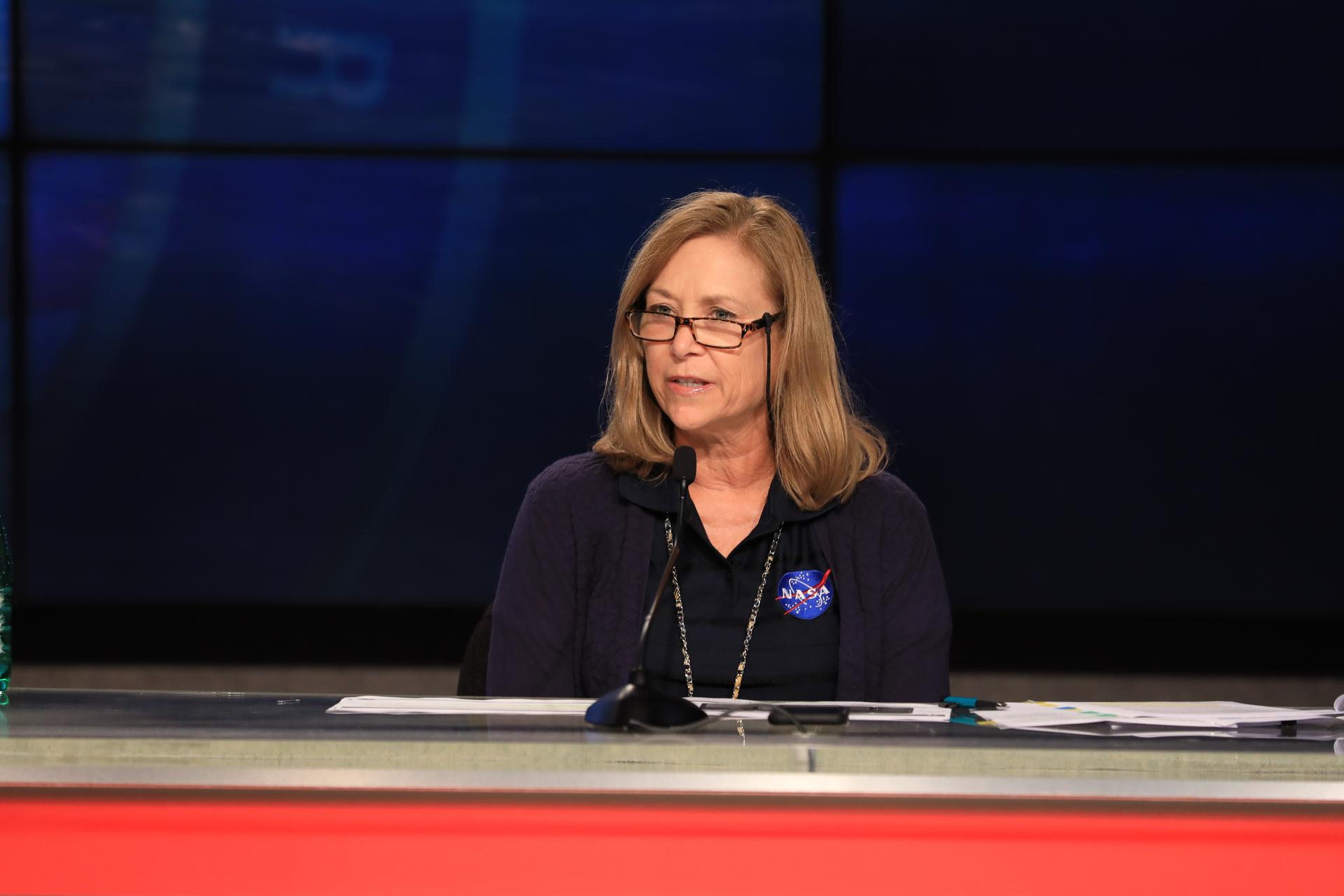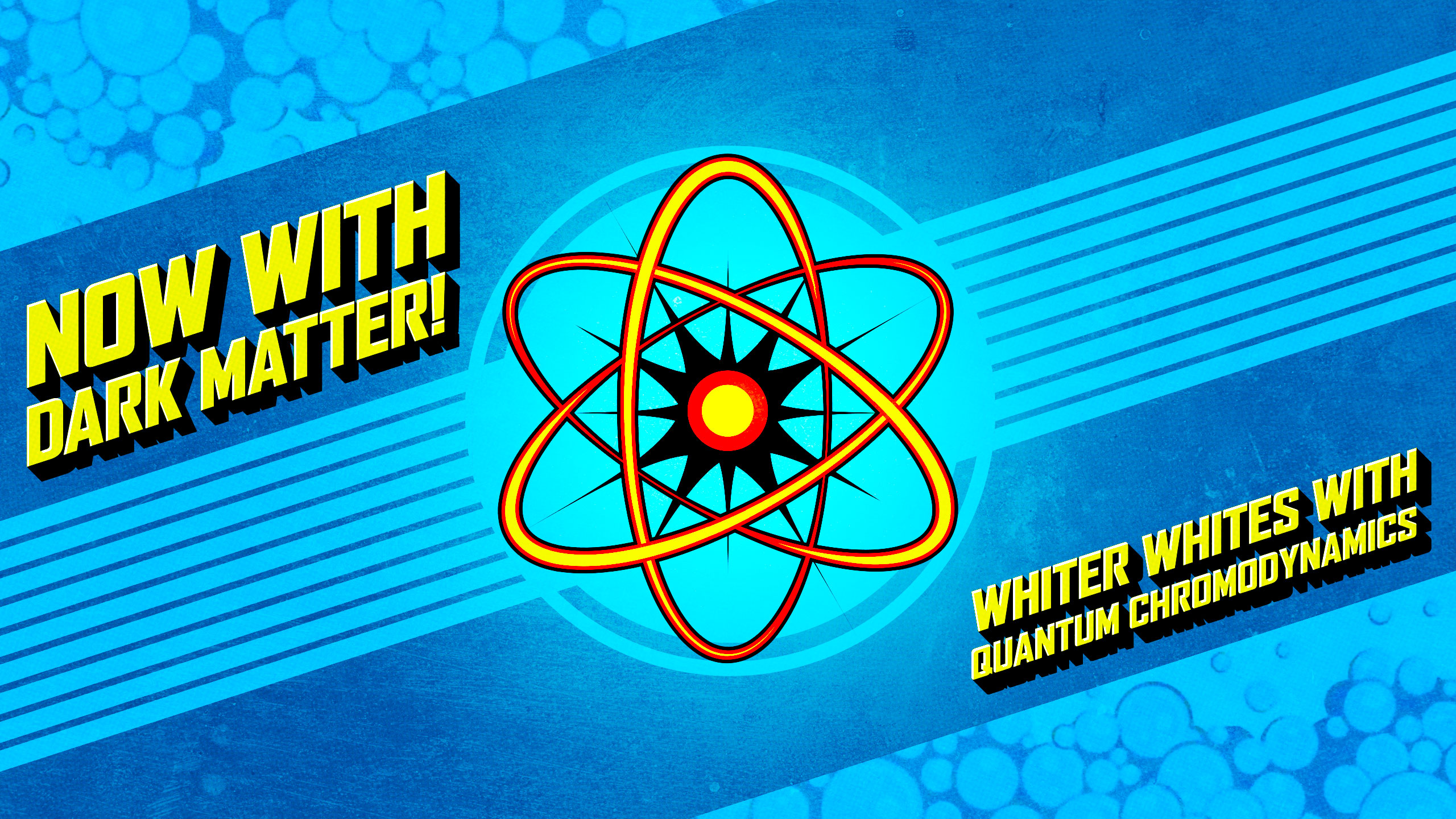NIH budget cuts affect research funding beyond US borders
European leaders say they will fill the funding void. Is that realistic?
Credit: E+ via Getty Images
Rory de Vries, an associate professor of virology in the Netherlands, was lifting weights at the gym when he noticed a WhatsApp message from his research partners at Columbia University, telling him his research funding had been cancelled. The next day he received the official email: “Hi Rory, Columbia has received a termination notice for this contract, including all subcontracts,” it stated. “Unfortunately, we must advise you to immediately stop work and cease incurring charges on this subcontract.”
De Vries was disappointed, though not surprised—his team knew this might happen under the new Trump administration. His projects focused on immune responses and a new antiviral treatment for respiratory viruses like Covid-19. Animals had responded well in pre-clinical trials, and he was about to explore the next steps for applications in humans. But the news, which he received in March, left him with a cascade of questions: What would happen to the doctoral student he had just hired for his project, a top candidate plucked from a pool of some 300 aspiring scientists? How would his team comply with local Dutch law, which, unlike the US, forbids terminating a contract without cause or notice? And what did the future hold for his projects, two of which contained promising data for treating Covid-19 and other respiratory illnesses in humans?
It was all up in the air, leaving de Vries, who works at the Erasmus Medical Center in Rotterdam and whose research has appeared in top-tier publications scrambling for last-minute funding from the Dutch government or the European Union.
Of the 20 members in his group, he will soon run out of money to pay the salaries for four. As of June, he
estimated that his team has enough to keep going for about six months in its current form if it draws money from other funding sources.
But that still leaves funding uncertain in the long-term: “So, yeah, that’s a little bit of an emergency solution,” he said.
Cuts to science funding in the US have devastated American institutions, hitting cancer research and other vital fields, but they also affect a raft of international collaborations and scientists based abroad. In Canada, Australia, South Africa and elsewhere, projects receiving funds from the National Institutes of Health have been terminated or stalled due to recent budget cuts.
Researchers in Europe and the US have long collaborated to tackle tough scientific questions. Certain fields, like rare diseases, particularly benefit from international collaboration because it widens the pool of patients available to study. European leaders have said that they will step into the gap created by Trump’s NIH cuts to make Europe a magnet for science—and they have launched a special initiative to attract US scientists. But some researchers doubt that Europe alone can truly fill the void.
In many European countries, scientist salaries are modest and research funding has lagged behind inflation in recent years. In a May press release, a French scientists’ union described current pay as “scandalously low” and said research funding in France and Europe as a whole lags behind the US, South Korea, China, Taiwan, and Japan. Europe and its member states would need to increase research funding by up to 150 billion euros (roughly USD $173 billion) per year to properly support science, said Boris Gralak, general secretary of the French union, in an interview with Undark.
The shifts are not just about money, but the pattern of how international research unfolds, said Stefan Pfister, a pediatric cancer specialist in Germany who has also received NIH funds. The result, he said, is “this kind of capping and compromising well-established collaborations.”
Funding beyond US borders
For decades, international researchers have received a small slice of the National Institutes of Health budget. In 2024, out of an overall budget of $48 billion, the NIH dispensed $69 million to 125 projects across the European continent and $262 million in funding worldwide, according to the NIH award database.
The US and Europe “have collaborated in science for, you know, centuries at this point,” said Cole Donovan, associate director of science and technology ecosystem development at the Federation of American Scientists, noting that the relationship was formalized in 1997 in an agreement highlighting the two regions’ common interests.
And it has overall been beneficial, said Donovan, who worked in the State Department for a decade to help facilitate such collaborations. In some cases, European nations simply have capabilities that do not exist in the US, like the Czech Republic and Romania, he said, which have some of the most sophisticated laser facilities in the world.
“If you’re a researcher and you want to use those facilities,” he added, “you have to have a relationship with people in those countries.”
Certain fields, like rare diseases, particularly benefit from international collaboration because it widens the pool of patients available to study.
The shared nature of research is driven by personal connections and scientific interest, Donovan said: “The relationship in science and technology is organic.”
But with the recent cuts to NIH funding, the fate of those research projects—particularly on the health effects of climate change, transgender health, and Covid-19—has been thrown into question. On May 1, the NIH said it would not reissue foreign subawards, which fund researchers outside the US who work with American collaborators—or agree to US researchers asking to add a foreign colleague to a project. The funding structure lacked transparency and could harm national security, the NIH stated, though it noted that it would not “retroactively revise ongoing awards to remove foreign subawards at this time.” (The NIH would continue to support direct foreign awards, according to the statement.)
The cuts have hit European researchers like de Vries, whose institution, Erasmus MC, was a sub-awardee on three Columbia University grants to support his work. Two projects on Covid-19 transmission and treatment have ended abruptly, while another, on a potential treatment for measles, has been frozen, awaiting review at the end of May, though by late June he still had no news and said he assumed it would not be renewed. “We’re trying to scrape together some money to do some two or three last experiments, so we at least can publish the work and that it’s in literature and anyone else can pick it up,” he said. “But yeah, the work has stopped.”
His Ph.D. students must now shift the focus of their theses; for some, that means pivoting after nearly three years of study.
De Vries’ team has applied for funds from the Dutch government, as well as sought industry funding, for a new project evaluating a vaccine for RSV—something he wouldn’t have done otherwise, he said, since industry funding can limit research questions. “Companies might not be interested in in-depth immunological questions, or a side-by-side comparison of their vaccine with the direct competition,” he wrote in an email.
International scientists who have received direct awards have so far been unaffected, but say they are still nervous about potential further cuts. Pfister, for example, is now leading a five-year project to develop treatments for childhood tumors; with the majority of funding coming from NIH and Cancer Research U.K., a British-based cancer charity, “not knowing what the solution will look like next year,” he said, “generates uncertainties.”
The jointly funded $25 million project—which scientists from nine institutions across five countries including the US are collaborating on—explores treatments for seven childhood cancers and offers a rare opportunity to make progress in tackling tumors in children, Pfister added, as treatments have lagged in the field due to the small market and the high costs of development. Tumors in children differ from those in adults and, until recently, were harder to target, said Pfister. But new discoveries have allowed researchers to target cancer more specifically in children, and global cooperation is central to that progress.
The US groups, which specialize in drug chemistry, develop lead compounds for potential drugs. Pfister’s team then carries out experiments on toxicity and effectiveness. The researchers hope to bring at least one treatment, into early-phase clinical trials.
Funding from NIH is confirmed for this financial year. Beyond that, the researchers are staying hopeful, Pfister said.
“It’s such an important opportunity for all of us to work together,” said Pfister, “that we don’t want to think about worst-case scenarios.”
Pfister told Undark that his team in Heidelberg, Germany, has assembled the world´s biggest store of pediatric cancer models; no similar stock currently exists in the US The work of the researchers is complementary, he stressed: “If significant parts would drop out, you cannot run the project anymore.”
Rare diseases benefit from international projects, he added. In these fields, “We don’t have the patient numbers, we don’t have the critical mass,” in one country alone, he said. In his field, researchers conduct early clinical trials in patients on both sides of the Atlantic. “That’s just not because we are crazy, but just because this the only way to physically conduct them.”
The US has spearheaded much drug development, he noted. “Obviously the US has been the powerhouse for biomedical research for the last 50 years, so it’s not surprising that some of the best people and the best groups are sitting there,” he said. A smaller US presence in the field would reduce the critical mass of people and resources available, which would be a disaster for patients, he said. “Any dreams of this all moving to Europe are illusions in my mind.”
While Europe has said it will step in to fill the gap, the amounts discussed were not enough, Gralak said. The amount of money available in Europe “is a very different order of magnitude,” Pfister said. It also won’t help their colleagues in the US, who European researchers need to thrive in order to maintain necessary collaborations, he said. “In the US, we are talking about dozens of billions of dollars less in research, and this cannot be compensated by any means, by the EU or any other funder.” Meanwhile, the French scientists’ union said the country has failed to meet funding promises made as long ago as 2010.
And although Europe receives a sliver of NIH funds, these cuts could have a real impact on public health. De Vries said that his measles treatment was at such an early stage that its potential benefits remained unproven, but if effective it could have been the only treatment of its kind at a time when cases are rising.
And he said the stalling of both his work and other research on Covid-19 leaves the world less prepared for a future pandemic. The antiviral drug he has developed had positive results in ferrets but needs further refinement to work in humans. If the drugs were available for people, “that would be great,” he said. “Then we could actually work on interrupting a pandemic early.”
New opportunities for Europe
The shift in US direction offers an opportunity for the EU, said Mike Galsworthy, a British scientist who campaigned to unite British and EU science in the wake of Brexit. The US will no longer be the default for ambitious researchers from across the world, he said: “It’s not just US scientists going to Canada and Europe. There’s also going to be the huge brain diversion.” he said. “If you are not a native English speaker and not White, you might be extra nervous about going to the States for work there right now,” he added.
And in recent weeks, European governments have courted fleeing scientists. In April, France launched a platform called Choose France for Science, which allows institutions to request funding for international researchers, and highlights an interest in health, climate science, and artificial intelligence, among other research areas Weeks later, the European Union announced a new program called Choose Europe for Science, aiming to make Europe a “magnet for researchers.” It includes a 500 million Euro (roughly USD $578 million) funding package for 2025-2027, new seven-year “super grants,” to attract the best researchers, and top-up funds that would help scientists from outside Europe settle into their new institution of choice.
The initial funding comes from money already allocated to Horizon Europe—the EU’s central research and innovation funding program. But some researchers are skeptical. The French union leader, Gralak, who is also a researcher in mathematical physics, described the programs as PR initiatives. He criticized European leaders for taking advantage of the problems in US science to attract talent to Europe, and said leaders should support science in Europe through proper and sufficient investment. The programs are “derisory and unrealistic,” he said.
“It’s not just US scientists going to Canada and Europe. There’s also going to be the huge brain diversion.”
Others agreed that Europe’s investment in science is inadequate. Bringing scientists to Europe would be “great for science and the talent, but that also means that will come from a line where there’s normally funding for European researchers,” said de Vries, the researcher from Rotterdam. As Mathilde Richard, a colleague of de Vries who works on viruses and has five active NIH grants, told Undark: “Why did I start to apply to NIH funds? And still, the most straightforward answer is that there isn’t enough in Europe.”
In the Netherlands, a rightwing government has said it will cut science funding by a billion euros over the next five years. And while the flagship program Horizon Europe encourages large-scale projects spanning multiple countries, scientists spend years putting together the major cross-country collaborations the system requires. Meanwhile, European Research Council grants are “extremely competitive and limited,” de Vries said.
Richard’s NIH grants pay for 65 percent of her salary and for 80 percent of her team, and she believes she’s the most dependent on US funds of anyone in her department at Erasmus Medical Center in Rotterdam. She applied because the NIH funding seemed more sustainable than local money, she said. In Europe, too often funding is short-term and has a time-consuming administrative burden, she said, which hinders researchers from developing long-term plans. “We have to battle so much to just do our work and find funds to just do our basic work,” she said. “I think we need to advocate for a better and more sustainable way of funding research.”
Scientists, too, are worried about what US cuts mean for global science, beyond the short-term. Paltry science funding could discourage a generation of talented people from entering the field, Pfister suggested: “In the end, the resources are not only monetary, but also the brain resources are reduced.”
Let’s not talk about it
A few months ago, Pfister attended a summit in Boston for Cancer Grand Challenges, a research initiative co-funded by the NIH’s National Cancer Institute and Cancer Research U.K. Nobody from the NIH came because they had no funding to travel. “So we are all sitting in Boston, and they are sitting like 200 miles away,” he said.
More concerning was the fact that those present seemed afraid to discuss why the NIH staff were absent, he said. “It was us Europeans to basically, kind of break the ice to, you know, at least talk about it.”
Pfister said that some European researchers are now hesitant about embarking on US collaborations, even if there is funding available. And some German scientists are taking steps to ensure that they are protected if a similar budget crackdown occurred in Germany, he said—devising independent review processes, separating research policy from funding, and developing funding models less dependent on government-only sources, he said. “I think the most scary part is that you know, this all happened in three months.”
Despite the worry and uncertainty, de Vries offered a hopeful view of the future. “We will not be defeated by NIH cuts,” he said. “I feel confident that Europe will organize itself.”
This article was originally published on Undark. Read the original article.

NIH budget cuts affect research funding beyond US borders Read More »

























